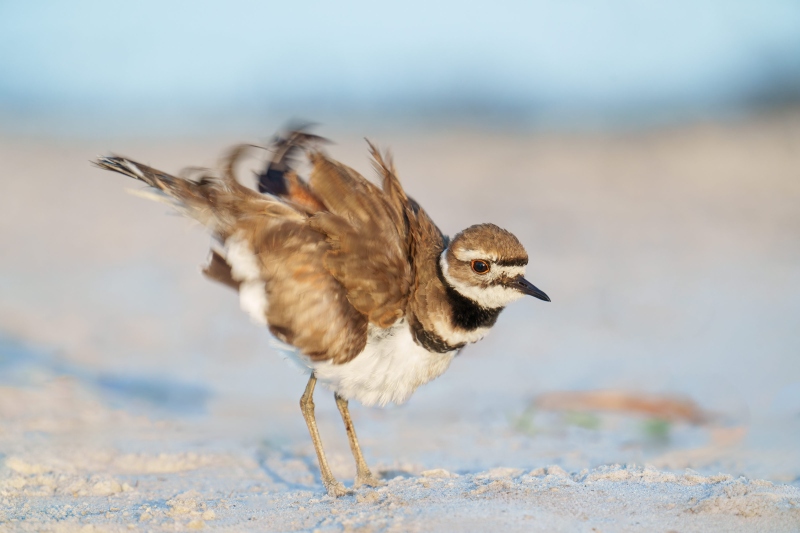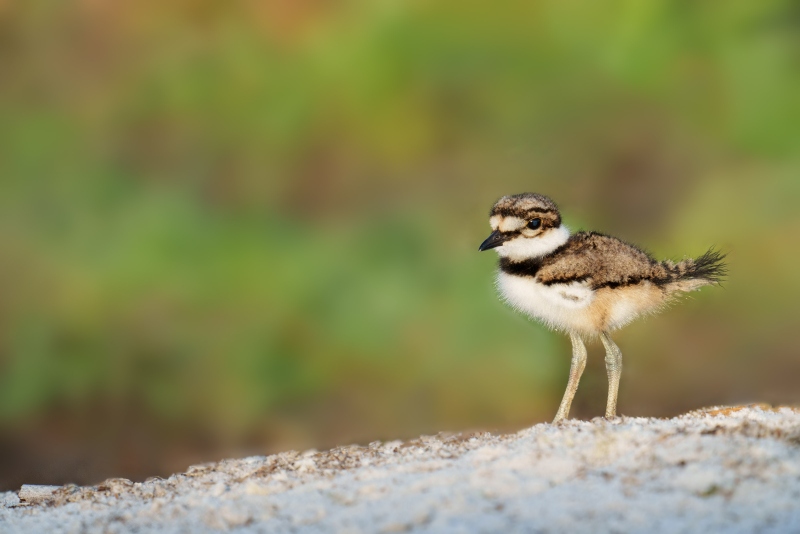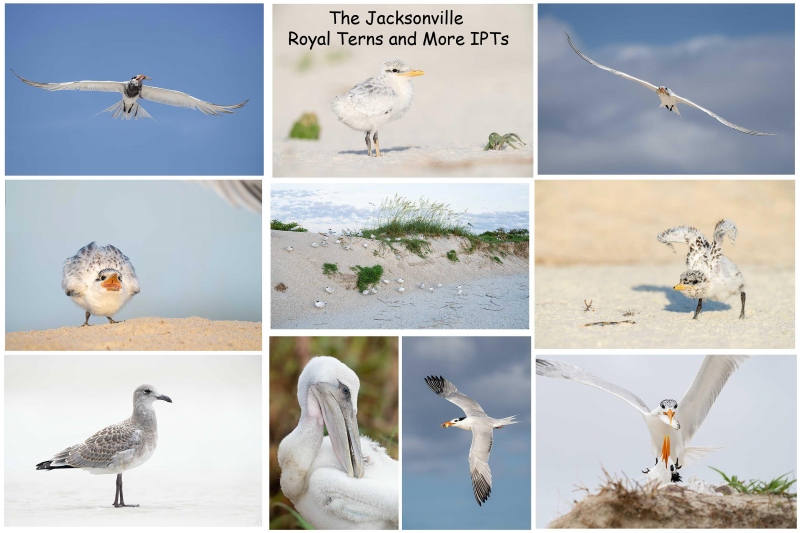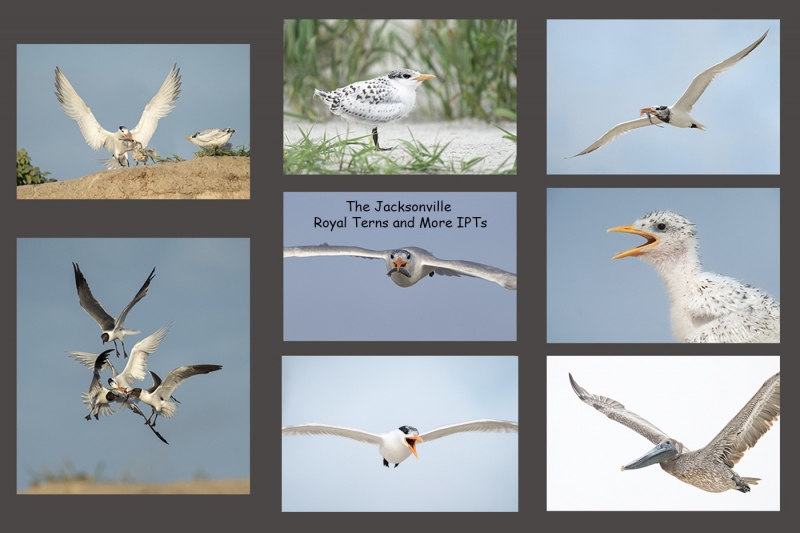Supporting My Efforts Here
If you enjoy and learn from the blog, please consider using one of my affiliate links when purchasing new gear. It will never cost you a single penny. To support my effort here, please order from B&H by beginning your search here. Or, click here, to order from Bedfords and enter the discount code BIRDSASART at checkout to receive 3% cash back to your credit card and enjoy free Second-Day Air Fed-Ex shipping. It is always best to write for advice via e-mail.
In many cases, I can help you save some serious dollars.
Live Life to the Fullest
Join an Instructional Photo-Tour. Better yet, sign up for both Homer trips.
What’s Up?
I enjoyed another excellent morning of photography shooting from my SUV here at ILE: Sandhill Cranes, Ospreys, Black-bellied Whistling Ducks, and a Killdeer family with three too-cute chicks.
Today is Tuesday 7 May 2024. I will be heading down to the lake early. Then I need to finish packing and drive over to Tampa Airport to pick up two of the three attendees on the Spring DeSoto IPT. For those two folks, it has been about 30 years since there last IPT! Learning on this IPT will be maximized as four of us are sharing an AirBnB.
Wherever you are and whatever you are doing, I hope that you too are learning and having fun.
If you plan on purchasing a Sony a9 III Mirrorless Camera (or anything else for that matter), please remember to use or write for either my Bedfords discount code or my B&H affiliate link. Folks who use one of my two affiliate links to purchase the a9 III will receive my .DAT settings (the complete camera set-up) along with a Buttons and Dials Guide.
Please remember to use the B&H links that are found on most blog pages and to use the BIRDSASART discount code at checkout when purchasing your new gear from Bedfords to get 3% back on your credit card and enjoy free second-day air FedEx. Please, also, consider joining a BAA IPT. You will be amazed at how much you will learn!
If an item — a Delkin flash card, or a tripod head — for example, that is available from B&H and/or Bedfords, is also available in the BAA Online Store, it would be great, and greatly appreciated, if you would opt to purchase from us. We will match any price. Please remember also to use my B&H affiliate links or to earn 3% cash back at Bedfords by using the BIRDSASART discount code at checkout for your major gear purchases. Doing either often earns you free guides and/or discounts. And always earns my great appreciation.
|
|
|
This image was created on 5 May 2024 down by the lake near my home at Indian Lake Estates, FL. Working from the driver’s seat of my SUV, I used the BLUBB-supported Sony FE 600mm f/4 GM OSS lens, the Sony FE 2.0x Teleconverter, and The One, the Sony Alpha 1 Mirrorless Digital Camera). The exposure was determined via Zebra technology with ISO on the thumb dial. ISO 1250. 1/640 sec. at f/8 (wide open) in Manual mode. When evaluated in RawDigger, the raw file exposure was determined to be dead solid perfect. AWB at 7:26:18am on sunny morning. Tracking: Expand Spot/AF-C performed perfectly even at 1200mm. Be sure to click on the image to enjoy a high-res version. Image #1: Killdeer — adult ruffling |
Why 1200mm From Your Vehicle?
When photographing wary avian species from your vehicle using the car-as-blind technique, it is a good plan to use your longest focal length. Why? To reduce the angle of declination, the degree to which you are shooting down at the bird. No matter how fast a shutter speed you are using, always be sure to turn off the engine. And if you are working on a BLUBB-, be sure to move the Direct Manual Focus (DMF) switch to the OFF position to avoid throwing off the focusing as you frame the image.
I got lucky with Image #1. I was parked and very still while photographing several Black-bellied Whistling Ducks when this Killdeer approached my SUV and began ruffling.
|
|
|
This image was created on 6 May 2024 down by the lake near my home at Indian Lake Estates, FL. Working from the driver’s seat of my SUV, I used the BLUBB-supported Sony FE 600mm f/4 GM OSS lens, the Sony FE 2.0x Teleconverter, and The One, the Sony Alpha 1 Mirrorless Digital Camera). The exposure was determined via Zebra technology with ISO on the thumb dial. ISO 1600. 1/1000 sec. at f/9 (stopped down 1/3-stop) in Manual mode. When evaluated in RawDigger, the raw file exposure was determined to be perfect. AWB at 7:26:18am on sunny morning. Tracking: Expand Spot/AF-C performed perfectly even at 1200mm. Be sure to click on the image to enjoy a high-res version. Image #1: Killdeer — 6-day old chick |
I Finally Found Them!
After several days of searching near the building by the pier, I found the Killdeer nest on decorative rocks on Wednesday morning. There was one practically lifeless chick and two eggs. Later that morning there were three chicks. When I showed the nest to Clemens Van der Werf that afternoon, there were two chicks, both just lying there in the shade. We took turns with my Canon 180mm macro lens. (I use mine with my a-1 with an adapter — details are in past flower posts). Anyhoo, as fate would have it, when it was Clemens turn both chicks woke up and one lifted its head. Clemens got the best image before they both went back to sleep.
For five days I searched for the hopefully still alive and well three chicks. The parent birds were around near the SW corner of the sand pit. I spotted and photographed two of them and after a while, I realized that all three were in the same spot. I will try for them again this morning.
Flight Photography at Jacksonville Till You Can’t Lift Your Lens!
Join me on the beach at Huguenot Memorial Park to learn about photographing terns in flight. 8,000 pairs of Royal Terns nest there and there are birds in the air all the time, often carrying all kinds of fish and crabs and other invertebrates for their young. Learn about how the relationship between the wind and the sun impacts flight photography and about the best gear for shooting birds in flight. Note that all the images in the video were created with the Sony a1 (and a variety of lenses). Join me on a workshop at Jacksonville this summer. See the details below.
|
|
|
Clockwise from upper left corner around to center: ink-stained Royal Tern with squid for chicks; fluffy white Royal Tern Chick about two weeks old; Royal Tern with shrimp for chicks; 3-4 week old Royal Tern chick; incoming adult Royal Tern with greenback; Royal Tern in flight with juvenile mahi-mahi; large Brown Pelican chick preening; field guide portrait of fresh juvenile Laughing Gull; Royal Tern chick begging for fish from incoming adult. Join me at Huguenot Memorial Park this July |
Join Me
I have an AirBnB checking in on the late afternoon of Saturday 13 July and checking out on Thursday 19 July 2024. If you are looking to improve your bird photography by leaps and bounds while sharing the place with me, please shoot me an e-mail. ASAP.
|
|
|
Clockwise from upper left corner around to center: Royal Tern chick feeding frenzy; Royal Tern nearly fledged chick; ink-stained Royal Tern with squid for chicks; Royal Tern chick begging; Brown Pelican immature tight flight; Royal Tern adult screaming — tight flight; Laughing Gulls mobbing Royal Tern to steal fish; Royal Tern with fish for chicks. Join me at Huguenot Memorial Park this July |
Huguenot Memorial Park in Early Summer
Driving on the beach at Huguenot Memorial Park in early summer is a bird photographer’s delight. You park this side of the last rope on the beach and you are within 100 yards of the Royal Tern colony atop the dunes. There are also many thousand Laughing Gulls and a few Sandwich Terns breeding as well. In some years, there are some Brown Pelican nests on the ground! .
In early July, the tern chicks begin to make their way down to the flats to bathe and drink and get fed by the parents. On the way, they spend a lot of time on the face of the dune where they are easy to photograph at eye level. They may also gather in fairly large groups at the base of the dunes.
Flight photography both in the mornings and the afternoons can be quite excellent as the terns are carrying all manner of marine life to sustain the rapidly growing chicks: the adults are often seen flying around in search of their chicks with all sorts of small baitfish as well as immature fish, large shrimps, baby crabs, and even squid in their bills. The squid will squirt ink on the terns in protest. So if you see an adult Royal Tern flying around with a black necklace you can understand why.
2024 Jacksonville IPT: 4 1/2 DAY option Monday 15 July 2024 through the morning session on FRI 19 JULY — $2299.00 (Limit 4 photographers)
2024 Jacksonville IPT 3 1/2 DAY option: Monday 15 July 2024 through the morning session on THUR 18 July: $1799.00. (Limit 4 photographers)
I do not like to disappoint: each trip will run with only a single participant. If necessary.
I first visited the beach nesting bird colony at Jacksonville in late June 2021. I was astounded. There were many thousands of pairs of Royal Terns nesting along with about 10,000 pairs of Laughing Gulls. In addition to the royals, there were some Sandwich Terns nesting. And there are several dozen pairs of Brown Pelicans nesting on the ground. Flight photography was non-stop astounding. And photographing the tern chicks was relatively easy. Folks could do the whole trip with the Sony 200-600, the Canon 100-500 RF, or the Nikon 500 PF or one of the many nw Z lenses. With a TC in your pocket for use on sunny days. Most of the action is within 100 yards of where we park (on the beach). As with all bird photography, there are times when a super-telephoto lens with either TC is the best tool for the job.
Morning sessions will average about three hours, afternoon sessions at least 1 1/2. On cloudy mornings with favorable winds, we may opt to stay out for one long session and skip the afternoon, especially when the afternoon weather forecast is poor. Lunch is included on all but the last day of each IPT and will be served at my AirBnB. After lunch, we will do image review and Photoshop sessions. My AirBnB is the closest lodging to the park.
The deposit is $599.00. Call Jim at the office any weekday at 863-692-0906 to pay by credit card. Balances must be paid by check.
What You Will Learn on a Jacksonville IPT
- 1- First and foremast you will learn to become a better flight photographer. Much better.
- 2-You will learn the basics and fine points of digital exposure. Nikon and Canon folks will learn to get the right exposure every time after making a single test exposure, and SONY folks will learn to use Zebras so that they can be sure of making excellent exposures before pressing the shutter button.
- 3- You will learn to work in Manual exposure mode even if you fear it.
- 4- You will learn to evaluate wind and sky conditions and understand how they affect bird photography, especially the photography of birds in flight.
- 5- You will learn several pro secrets (for each system) that will help you to become a better flight photographer.
- 6- You will learn to zoom out in advance (because the birds are so close!) 🙂
- 7- You will learn how to approach free and wild birds without disturbing them.
- 8- You will learn to spot the good and the great situations.
- 9- You will learn to understand and predict bird behavior.
- 10- You will learn to design pleasing images by mastering your camera’s AF system.
- 11- You will learn to choose the best perspective.
- 12- You will learn to see and control your backgrounds.
- 13- You will learn to see and understand the light.
- 14- You will learn to see and create pleasing blurs in pre-dawn situations.
- 15- You will learn to be ready for the most likely event.
And the best news is that you will be able to take everything you learn home with you so that you will be a better photographer wherever you are and whenever you photograph.
Flight Photography at Jax
There is a ton of great flight photography at Huguenot. You can use a handheld intermediate telephoto lens or a faster, longer fixed focal length lens mounted on a tripod with a Levered-Clamp FlexShooter Pro. We will get to photograph the Royal and Sandwich Terns, Laughing and other gulls, and Brown Pelicans, all in flight on most days.
Lenses for Flight Photography at Jax
While a handheld or tripod mounted 500 or 600mm f/4 lens can be quite useful for flight photography on the beach, handhold-able intermediate and zoom telephoto lenses like the Sony 200-600mm G lens, the Canon RF 100-500, and any one of the Nikon intermediate telephotos are often the ticket to success when flight shooting. I did quite well on my last visit handholding the Sony 400mm f/2.8 GM lens usually with the 1.4X teleconverter. This year I will be shooting often with my new Sony 300mm f/2.8 lens with either the 1.4X or 2x TC. And my a9 iii will be there as well.
Typos
With all blog posts, feel free to e-mail or to leave a comment regarding any typos or errors.


















Glad your blogs are finally coming thru. Happy shuttering and God help us one and all. My America is scaring me. Have we forgotten about loving our neighbors and praying for anyone we might consider an enemy?!